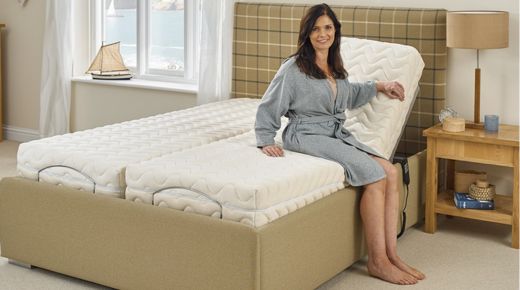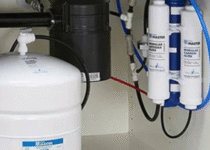Care Home Beds – Choosing the Right Bed for Comfort and Accessibility

Selecting the right care home beds is essential for creating a comfortable, accessible, and safe environment for residents in long-term care facilities. These specialized beds are designed to accommodate the unique needs of individuals who may have mobility challenges, medical requirements, or comfort preferences that differ from traditional home beds. With features that cater to both residents and caregivers, choosing the right bed can greatly enhance quality of life while also improving operational efficiency in the care facility. Below, we’ll look at the key features, types, and considerations for selecting the ideal care home bed.
Key Features of Care Home Beds
Care home beds come equipped with several essential features that enhance their functionality and comfort. These include:
- Adjustable Height and Positioning: Most care home beds allow for easy adjustments in height, head positioning, and foot elevation. This is vital for residents who may need assistance getting in and out of bed or require specific sleeping positions for medical reasons. Adjustable beds also make it easier for caregivers to assist residents without straining their backs or joints.
- Side Rails and Safety Features: To prevent falls or accidental injuries, many care home beds come with side rails that can be adjusted up or down. Some beds also include built-in alarms that alert caregivers if a resident attempts to get out of bed unassisted, which is especially helpful for individuals with cognitive impairments or memory-related conditions.
- Pressure Relief Mattresses: Pressure ulcers are a common concern for residents who spend long periods in bed. Many care home beds include pressure-relief mattresses or overlays designed to reduce the risk of sores by evenly distributing body weight. Some mattresses even offer alternating pressure to further reduce risks and enhance comfort.
- Mobility and Locking Mechanisms: Care home beds are often designed with wheels for easy mobility, which allows caregivers to move the bed as needed. However, these wheels should also have secure locking mechanisms to ensure stability once the bed is in place.
- Electronic Controls: Modern care home beds typically come with electronic controls that residents and caregivers can use to adjust bed positions easily. Some models offer remote controls, which are convenient for residents with limited mobility in their arms or hands.
Types of Care Home Beds
There are several types of care home beds, each with unique features suited for different needs:
- Standard Adjustable Beds: These beds are suitable for residents who need basic adjustments in bed height and positioning. They are generally easy to operate and can meet the needs of most care home residents.
- Low Beds: Designed for residents at a high risk of falling, low beds sit closer to the ground, which minimizes the risk of injury in case of a fall. They are also useful for individuals with limited strength, allowing for safer transfers in and out of bed.
- Bariatric Beds: For residents with higher weight requirements, bariatric beds provide a wider frame and reinforced structure. These beds offer robust support while maintaining essential comfort features.
- Trendelenburg Beds: These specialized beds allow for both Trendelenburg (feet higher than the head) and reverse Trendelenburg positions, which can be beneficial for residents with certain medical conditions, such as respiratory or circulatory issues.
Considerations for Choosing a Care Home Bed
Selecting the right care home bed requires attention to a few important factors:
- Resident Needs and Preferences: Assess the specific needs of each resident, including any medical conditions, mobility challenges, and comfort preferences. Some residents may benefit from adjustable beds, while others may prioritize features like side rails and pressure-relief mattresses.
- Caregiver Ease and Safety: A bed that’s easy to adjust, move, and clean can make caregiving more efficient and safer. Beds with adjustable heights reduce the risk of caregiver strain and improve the ability to provide assistance comfortably.
- Budget and Maintenance: While high-quality care home beds are an investment, they are essential for resident well-being. Consider options that offer long-term durability and have replaceable parts, which can help in reducing maintenance costs over time.
- Compliance with Safety Standards: Care home beds should meet specific safety and quality standards to ensure they are suitable for healthcare use. Check with manufacturers or suppliers to confirm that their products meet relevant regulations.
Benefits of the Right Care Home Bed
A well-chosen care home bed enhances not only the physical comfort of residents but also their mental well-being. Knowing they have a safe, supportive bed improves residents’ confidence, making them more likely to enjoy their environment. For care facilities, the right bed improves workflow by making it easier to provide necessary care while also reducing the risk of staff injuries.
Final Thoughts
Choosing the best care home beds requires careful consideration of both resident needs and operational factors within the care facility. By investing in high-quality, feature-rich beds, care homes can ensure they provide a supportive, comfortable, and secure environment for all residents, fostering both safety and satisfaction.



